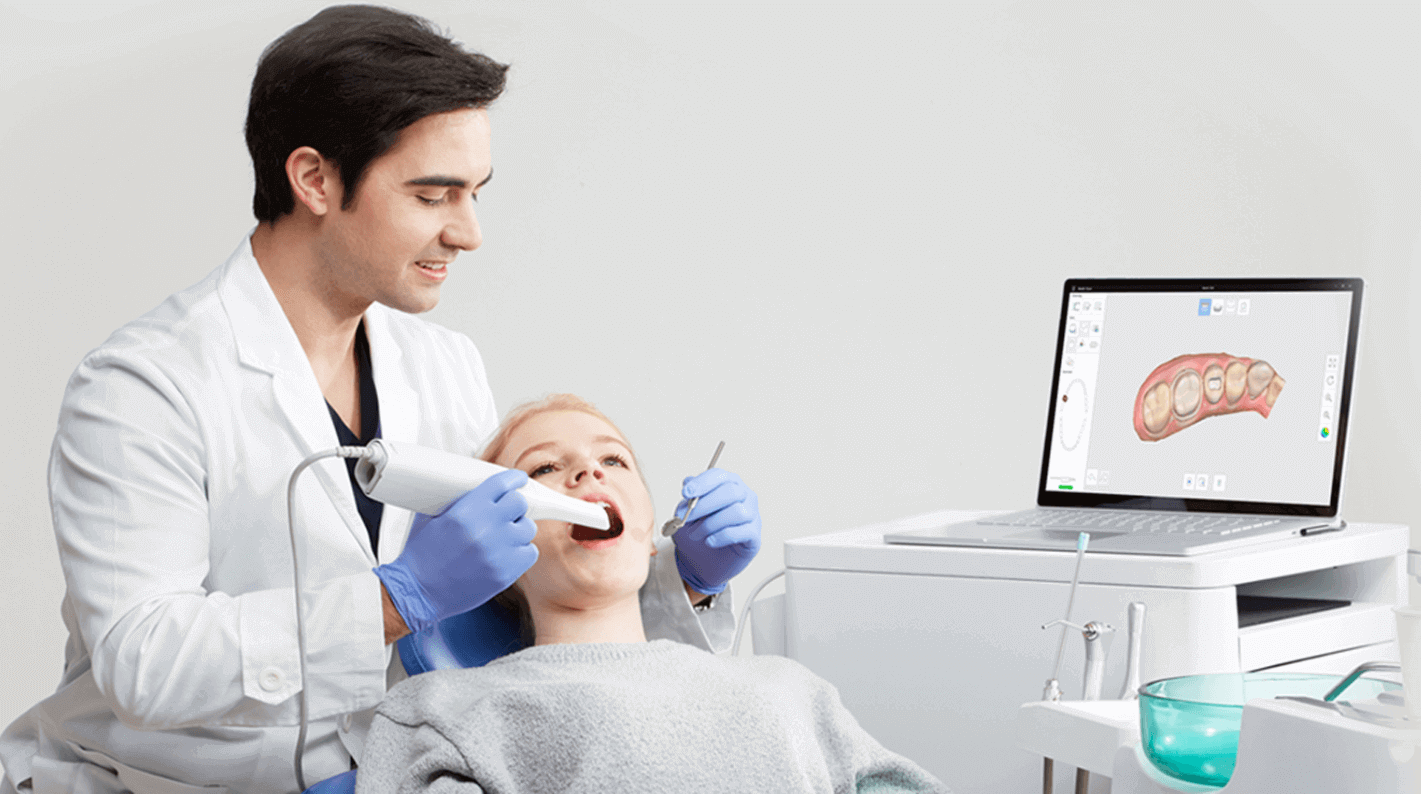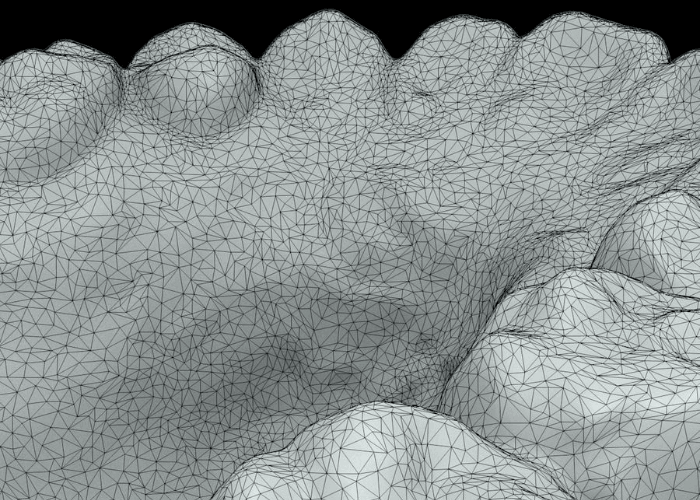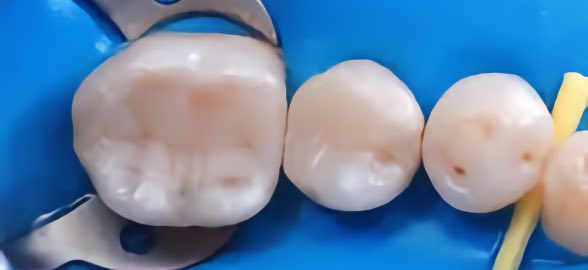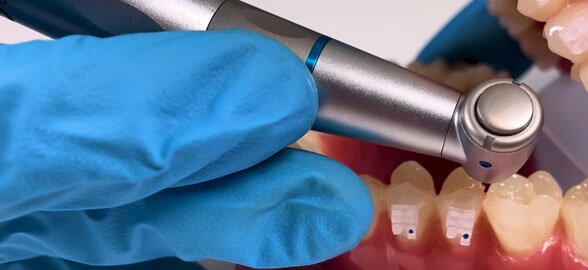Are you interested in learning in depth about intraoral scanners for the dental clinic? This is your place. We will tell you:
- How an intraoral scanner works.
- The types that exist.
- The advantages of having an intraoral scanner in your dental clinic.
- Comparison of the main intraoral scanners that currently exist on the market.
Without a doubt this guide will make your choice easier when buying it! The comparison is fundamentally based on the contributions made by The Institute of Digital Dentistry and the experience of doctors Dr. Hamid Al-Hassiny, Dr Haidar Al-Hassiny and Dr. Ahmad Al-Hassiny.
Doctors Al-Hassiny attended the ISD 2019 fair held in Germany, and spent 5 days, more than 28 hours, testing the main intraoral scanners (IOS ) that were on display.
After these tests they have published a comparison of intraoral scanners, to help dentists choose the most appropriate intraoral scanner. There are many options on the market and sometimes it can be difficult to choose an intraoral scanner because Every representative says their scanner and system are the best.

Intraoral scanners play a leading role in digital dentistry and more and more dental clinics are joining this technology and leaving traditional dental impressions behind. This is a relatively recent advance, dating only from 1971 when the French dentist Dr. François Duret began to talk about the applications of the CAD/CAM system in the field of dentistry. Very shortly after, in 1980, the Swiss dentist Dr. Werner Mörmann together with Marco Brandestini, an Italian electrical engineer, introduced the first commercial CAD/CAM system for dental use to the market: CEREC from Sirona Dental Systems.
Everything you need to know about the intraoral scanner
What is an intraoral scanner?
The intraoral scanner is a device that will allow you to take a digital impression of the patient's mouth in a more precise way, because you can forget about the volumetric changes that conventional impression materials undergo; and comfortable, because it will undoubtedly prove to be a less unpleasant experience for the patient.
Intraoral scanners consist of three parts:
- Camera (hardware)
- Computer
- Software
How does an intraoral scanner work?
It works through the emission of a beam of light, which can be a laser or structured light, which is emitted on the surfaces of the oral tissues. The camera captures the deformation that light undergoes on surfaces and uses this information to calibrate 3D coordinates. This process requires a software processor with a lot of power, since it requires forming a cloud of points and meshes to reconstruct the 3D image. Once the point cloud is obtained and the mesh is created, the adjacent points must be connected by straight lines, generating triangles of different sizes and, subsequently, a continuous surface.

When a polygonal representation of oral tissues is obtained, a curved surface is modeled as many small flat surfaces. This means that the more curved the surface is, the smaller the triangles will be and vice versa if the surface is flatter. The process by which the point cloud is converted into a 3D digital model is called reconstruction.
Once the reconstruction is done, we will obtain an STL file that defines the three-dimensional geometry of the oral structures as a surface composed of triangles, each one formed by three points. Data such as color, texture and transparency will be given by other types of files, such as PLY.
What type of intraoral scanners exist?
Currently there are two types of technologies:
- Photographic technology scanner: Its operation is based on taking individual images of the area to be scanned.
- Video technology scanner: Its operation is based on recording the areas to be scanned, simply like a video camera.
The difference between both scanners is that photographic technology scanners have a cone-shaped field of view, so they cannot obtain information from hidden surfaces and several passes are required to obtain the information, then all These images are merged in a process called alignment to obtain a complete image.
It is also possible to make another classification within intraoral scanners according to their digital workflow modality, dividing them into out office and in office.
What are the advantages of intraoral scanners?
The advantages of equipping your dental clinic with an intraoral scanner are many, we will mention some of them:
- You will be able to obtain impressions with greater reliability and diagnostic precision.
- You will require less time, depending on your digital workflow, if you have equipment such as a CAD/CAM milling machine, you can make a crown in a few hours.
- You will be able to skip buying printing materials, saving time and money.
- Your patient will be more comfortable and satisfied with your care.
- The information about your digital impressions will be stored in files in the cloud and you will not need to allocate space to save plaster models.
- Communication with the laboratory will be easier, it will be easier to explain what your requirements are.
- Communication with your patients will undoubtedly improve, it will be easier for them to understand the treatment and be motivated by seeing the final result in advance.
Comparison criteria for the evaluation of intraoral scanners
In order for the comparison to be carried out in the same way, the tests of the intraoral scanners have been carried out using different typodonts, with full arch scans and also bite scans. It was done this way because due to rules at the exhibition, it was not possible for them to carry out the tests directly in the mouth.
To graphically offer the score, 5 stars were used, therefore the more stars an intraoral scanner has in one of the criteria, the better it will be. Below, we mention what the comparison criteria were and why:
- Scan speed: One of the most important factors when choosing an intraoral scanner is the scanning speed. Therefore, the first thing to be taken into account for evolution by doctors has been the full arc scanning speed. Although the evaluation is relative, the five-star rating gives an idea of which ones are faster or slower.
- Scanning flow: Not only the speed of the scan is relevant, but also how smooth the experience is. Whether the intraoral scanner handles well in the corners and anterior region, or whether it recovers quickly after having missed the scan. Also if it joins the images well or if it loses the frequency. The assessment of the scanning flow indicates which experience has been irregular or, in any case, the lack of response.
- Size of the intraoral scanner: Not only the size of the intraoral scanner head was taken into account, but the weight and overall size. Although, judging by overall size, some scanners are heavier and more cumbersome than others. The focus has been on ergonomics, weight and in general, how comfortable the scanner feels in the hand and when scanning.
- Ease of use: This criterion takes into account both the hardware and the way the software was managed or if there were any problems with scanning, processing and the general workflow.< /li>
- Price of the intraoral scanner: another of the criteria that dentists consider quite important is the price, since this can vary depending on cost, accessories, distributors or geographical location. No exact numbers are provided, but rather a relative comparison based on the most expensive and least expensive scanners.
- Subscription requirements and maintenance packages: The subscription requirement for the use of the intraoral scanner may be mandatory, recommended or not required. The evaluation has been carried out based on this, as some companies claim that they do not require any type of subscription, but sometimes this is not entirely true. Many have some type of annual subscription for support and maintenance and others even require a subscription to be able to use them.
- Open or Closed Scan Export: All scanners are now open, allowing at least one of the following STL, OBJ and/or PLY source files to be exported, however, they did not have take this criterion into account for the assessment.
- Autoclaving Scanning Tips: Whether the tips can be autoclaved and how many cycles they can be completed before replacing them.
- Touch screen: intraoral scanners connected to carts actually have a touch screen. This does not apply to those that connect to a laptop via a USB port as the screen will work with a touch screen, but not all software was designed with touch interaction in mind and can be better operated with a mouse and keyboard.< /li>
- Wireless Scanner:Rating is based on whether there are wireless options available for the scanner or not.
- Cavity detection: This criterion is based on whether or not the intraoral scanner has the caries detection function such as transillumination or fluorescence.
- CAD Integration: You may wonder if the scanner has built-in CAD/CAM design capabilities. If not, you will have to export the files and the prostheses will have to be designed in third-party software such as Exocad.
Discover the intraoral scanners most purchased by professionals:
This is our article Comparison of intraoral scanners: Which is the best for your dental clinic?. We hope this comparison has been useful to you. We hope this comparison has been useful for you. If you would like to read the original version by Dr. Al-Hassiny, please see the English version by clicking here. To stay updated, follow us on our social networks, there we share more articles, offers and promotions from the dental sector. We are waiting for you!





